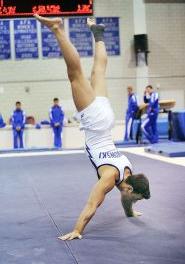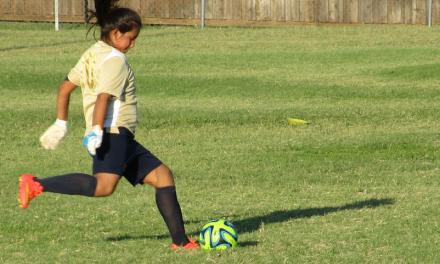In the second part of our series on exercise and body image, we look at what influences poor body image and the age at which such dissatisfaction occurs.
Children’s opinions of their bodies form at a very young age. In fact studies have shown that pre-schoolers as young as three are unhappy with their bodies.
Research carried out by children’s charity PACEY (the Professional Association for Childcare and Early Years) in 2016 found that 24% of childcare workers have heard children aged 3-5 years old express unhappiness with their bodies, while 47% of child-carers have witnessed such anxieties in children aged 6-10 years old.
Almost one-third of childcare professionals have heard a child call themselves fat and one in 10 have heard children describe themselves as ugly.
What causes a poor body image?
But where is this negativity coming from? The same study also asked carers to identify what they thought contributed to children’s poor body image. They listed three main causes: peers, parents and the media.
This was true across all age groups; however, it is likely that the importance of each cause changes according to age.
In very young children, parents are the main influence. This isn’t hugely surprising. Young children model their own thoughts and behaviours on that of others, and the people they spend most time with are their parents.
A US study by Common Sense Media found that a child’s perception of their mother’s body dissatisfaction predicted the youngster’s own dissatisfaction in boys and girls aged 5 to 8.
Teenagers suffer from peer pressure
As children age peer pressure becomes more important. This is especially true of teenagers. Research by the Be Real Campaign and YMCA showed that more than half of 11-16 year olds worry about how they look, while 63% said that what others think about the way they look is important to them.
Peer groups, it was found, underpin and reinforce ideas and expectations about the ideal body. These findings have been published in the report Somebody Like Me.
Worryingly, further research from the same team found that more than half of young people have been bullied because of their experience and this begins in children as young as 10.
How media portrays the ‘perfect body’
The media play a huge role in the formation of body image, even in very young children. The rise of social media has made this even more pervasive.
We are all constantly bombarded with photos of the perfect body, as well as highly critical stories of celebrities not looking their best. These images are everywhere: film, TV, magazines, shared on platforms such as Twitter and Instagram.
There’s even a whole vocabulary built up around them; terms that are meant to be humorous but are really subtly demeaning – cankles, thigh gap, jelly belly, bingo wings, muffin top.
As adults we’re aware that these images are unrealistic and distorted. Yet we’re still influenced by them.
It’s little wonder then that a US study by the Girl Scouts Research Institute found that around half of 13-17 year old girls say they would like to be as thin as the models in fashion magazines and that such publications give them a body image to strive for, while 60% say they compare their own bodies to fashion models and 31% admit to refusing to eat as a means to lose weight.
It’s easy to how children a develop negative body image, but what can be done about it? In our next article we look at what measures can be taken in the classroom and beyond.
Rebecca has been a writer and editor for almost 20 years. She writes on a huge range of subjects, concentrating on sport, nature, mental health, and crafts.










